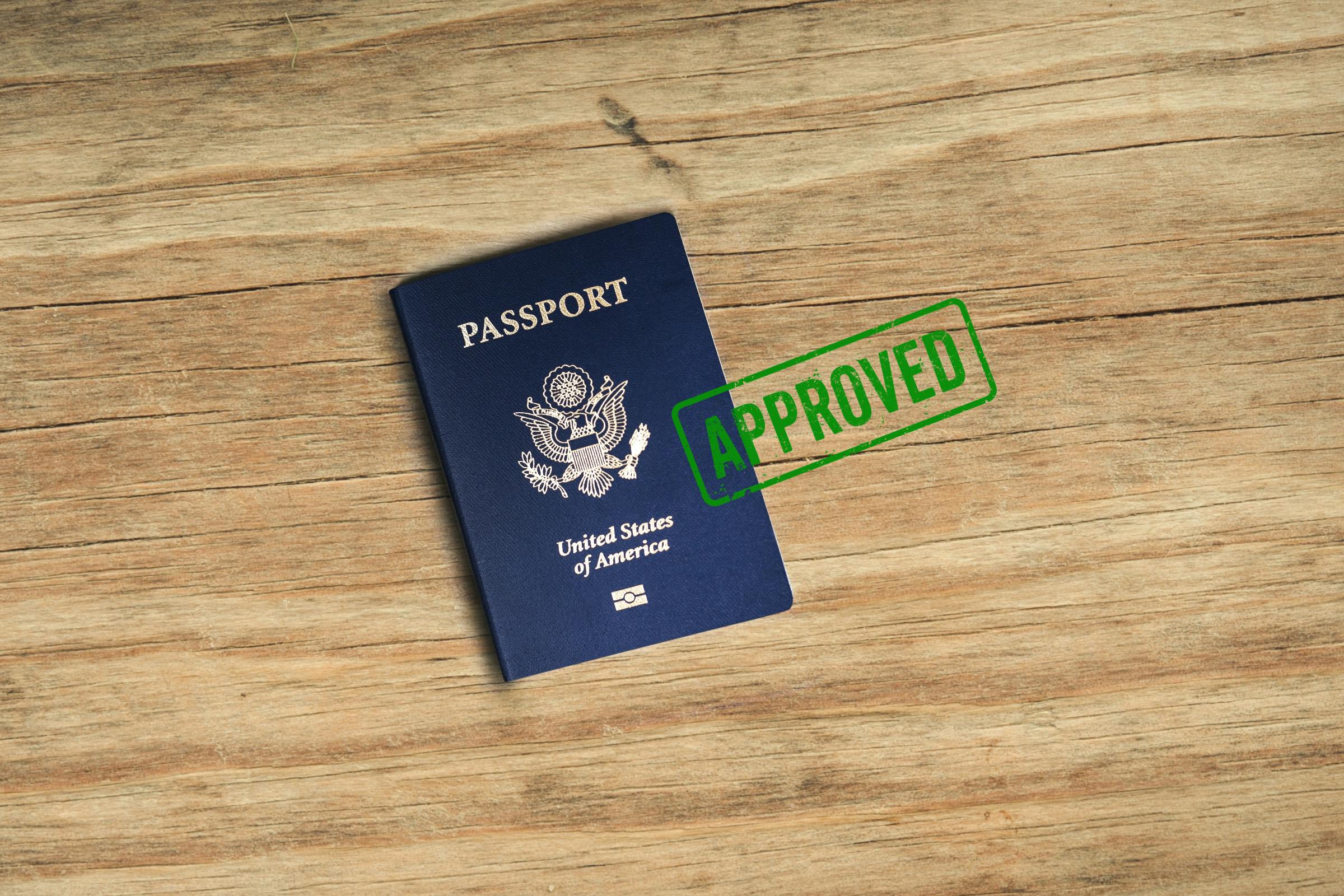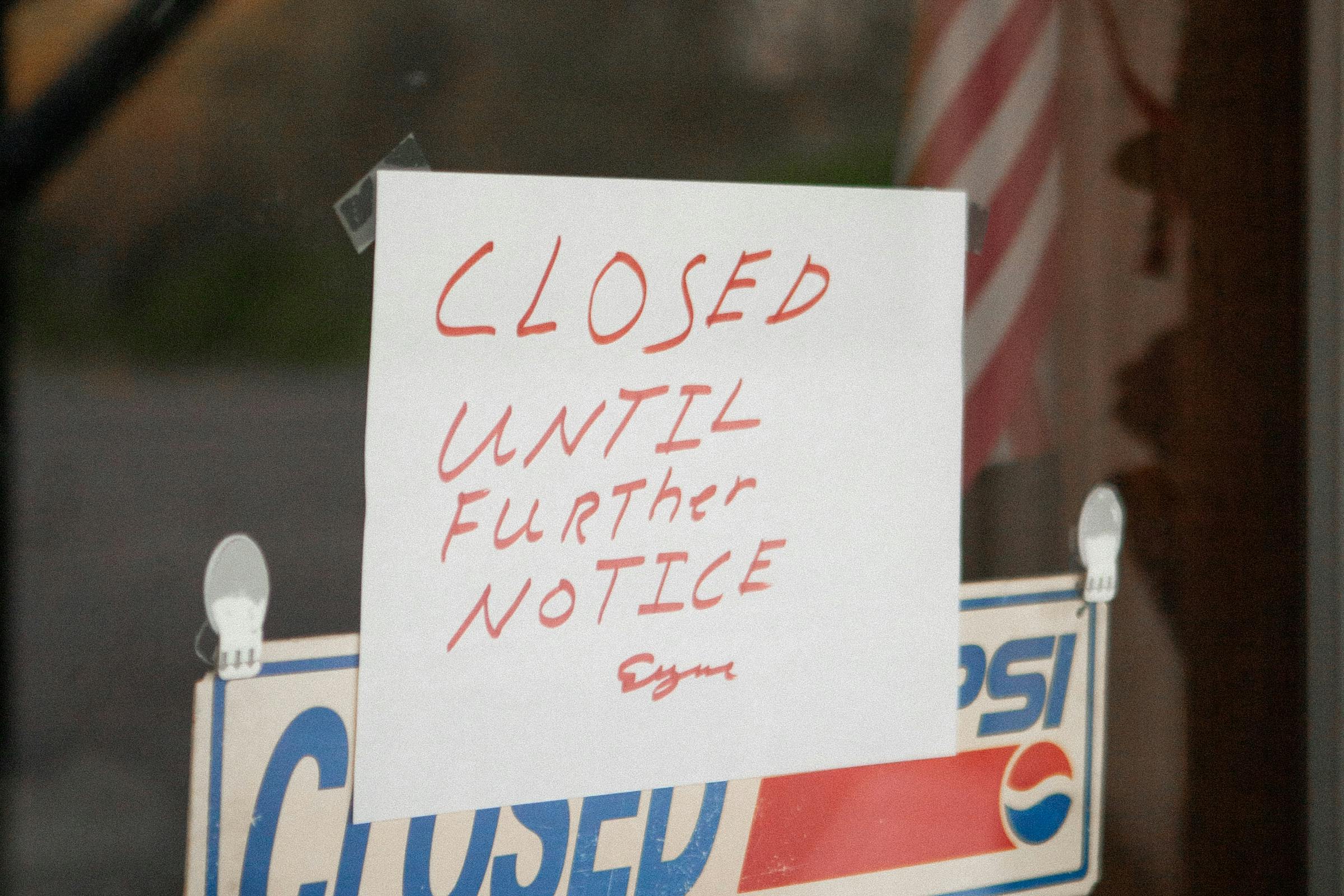Visa Stamps and Traveling Outside the US
First, let's start with the visa stamping issue. It's a topic that has made headlines over the past few years as legislation changes regarding initial stamp and renewal policies.
You'll need a valid visa stamp to leave the US after your initial entry. The only exceptions to this are for short excursions to Mexico or Canada. Some countries require a minimum time remaining on your visa before allowing entry.
Don't wait until the last minute when you apply for your stamp. Administrative delays, security checks, or other issues can arise that slow the processing time of your visa and can impact your travel plans.
Before you leave the country, log into your Department of Homeland Security portal to find your I-94. Verify that your H-1B status is valid and when it expires. Although all of the information related to your H-1B visa should be accessible online if you’re asked for it, it’s better to have the information on hand in case of technical difficulties. When you travel, have a hard and digital copy of:
● Your H-1B visa’s validity
● Your passport
● Your employment authorization
● Proof of relationship to your dependents
● Port of Entry and I-94 retrieval information
● International travel documents with proof of return ticket
Relying on the government’s software to prove your identity and eligibility to enter and leave the US can work, but it’s always in your best interest to protect yourself by having the information in your possession.
Changes in H-1B Status
Any change you make in your residence or employment matters when you’re an H-1B holder. The terms of your visa specify where you’ll live (within a geographic area) and who your employer is.
If you have any changes, such as a move into a new home or a job transfer, you must notify USCIS. Small changes don't matter, like an internal job transfer to a new department or a move to a home in the same town. However, if an officer shows up to evaluate your case and you're permanently away from the location it says on your form, this can cause red flags in the system.
This is especially important if you quit or are terminated from your job. Your I-94 is only valid for three years, and it ends on the date of termination of employment.
Updating Your Visa Stamp
So you’ve made it almost through your first three years, and you want to stay longer, or you need to make a change of status. Working with your attorney is the easiest way to get this accomplished. You’ll need to complete the appropriate forms, and if approved, you’ll receive an I-797 approval notice. If you get that form granted, an I-94 card will be at the bottom of your form. This is the best-case scenario because it means you don’t need to travel outside the US for your visa stamp in order for your H-1B to become active.
However, if your petition is marked for consular notification, you won’t have an I-94 card alongside your I-797 approval notice. Instead, you’re required to apply for a visa stamp outside the US at a US Consulate or Embassy. This will activate your H-1B status.
Transferring Jobs
Six years can be a long time to stay at a job where you’re not satisfied. As you create networks in the US, you may find other employment offers for better pay and benefits or a more satisfying position. Before you accept a new job with a different sponsoring employer, talk to your attorney. This can significantly impact your H-1B validity.
Your new employer will need to file an H-1B petition, meeting all of the requirements of the Department of Labor and USCIS. A change in job is not guaranteed approval, and this decision could mean the revocation of your visa. However, changes in work location, job duties, or salary for the same sponsoring employer of your initial visa simply need amendment paperwork completed.
Dependent Work
Your spouse and unmarried children in the US under your H-1B visa have an H-4 status that remains valid until the end date of their I-94 card. But this only gives them the right to live and go to school in the country. If they choose to seek employment, they must file for an Employment Authorization Document.
They will need the following documents before an EAD is granted:
● Your H-1B approval notice (copy)
● Form DS-160, Nonimmigrant Visa Electronic Application
● Their passports with validity dates for six months or longer beyond the end date of the H-4 visa
● Two passport-style photos (or photos uploaded along with the DS-160 form)
● Any H-1B petition documents you have
● Identification such as birth certificates, marriage certificates, bank statements (yours), and pay stubs (yours)
The more information they can provide that shows evidence of their legitimacy in the US, the easier it is for an EAD approval.
Traveling Out of the Country
While it’s not forbidden for H-1B visa holders to leave the US, it can get complicated. If you absolutely need to make international travel part of your plans, discuss your intention with your attorney first.
The difficulty of each leave and return will depend in part on the country in question. Regardless of where you go, it’s best to have those identifying forms on your person, as we discussed earlier. If the travel is employment-related, a form letter completed by your employer is important.
Check your I-797 approval notice. You can enter the US ten (10) days before the start date on that form. When you get to the port of entry, you can request your I-94 card to have an extra ten days beyond the expiration date because of your early entry. Note that customs officers are not required to give you the extra days, but it doesn’t hurt to ask.
Having your original I-797 approval notice is helpful when you enter the US, but the officials can use the visa stamp receipt number if you still need it. Once you enter the US, check your I-94 card carefully and verify the visa stamp has the correct category and expiration date. You must have the officials fix these in their system and on your documents before leaving the area if they are incorrect.
What’s Next?
Getting the approval for your H-1B is an exciting announcement. The rest of the hurdles you need to jump to get into the US are small but important. Let our expert legal attorneys at Visa2US walk you through everything you’re required to do to ensure your visa stays valid. Contact us 24/7 for any questions about your H-1B, whether you’re just starting or already have one.














